
Planning a visit to the Vatican Museums can feel overwhelming. They hold one of the world’s largest art collections. This guide will show you how to make the most of your trip. Read on to discover more.
Key Takeaways
- Buy Vatican Museums tickets on their official website to avoid extra fees and consider skip-the-line options to save time.
- Visit the Sistine Chapel and Raphael’s Rooms to see famous frescoes by Michelangelo and Raphael.
- Check the museums’ opening hours, plan to visit in less crowded times like Tuesday or Thursday afternoons, or during low season months for a better experience.
- Use recommended routes and accessibility services offered by the museum if needed. Follow visitor etiquette rules such as dressing modestly and not taking photos in the Sistine Chapel.
- Explore additional experiences like St. Peter’s Basilica, its Dome for panoramic views, and the serene Vatican Gardens through guided tours.
Planning Your Visit

When visiting the Vatican Museums, it’s important to plan ahead. This includes securing tickets in advance and considering skip-the-line options for a smoother experience. Additionally, familiarize yourself with the museum’s opening hours and optimal times to visit to avoid crowds.
How to Purchase Tickets
Exploring the Vatican Museums is an adventure into the heart of art and history. To start this journey, you’ll need to secure your tickets.
- Visit the official Vatican Museums website for direct ticket purchases. This way, you avoid extra fees from resellers.
- Choose between standard entry tickets or all-inclusive passes that also cover special exhibitions and areas normally closed to the public.
- Consider buying your tickets well in advance, as they often sell out quickly, especially during peak tourist seasons.
- Look for skip-the-line entry options if you want to save time and bypass the long queues.
- Check for discounts if you’re a student or visiting with a large group; you may be eligible for reduced pricing.
- Don’t forget to select a time slot for your visit when purchasing tickets online; this is required due to visitor limits within the museums.
Now let’s dive into what makes these museums a must-see destination: their opening hours and best times to visit.
Opening Hours and Best Times to Visit
Planning your visit to the Vatican Museums needs a little bit of thought. You’ll want to check the opening hours and figure out when’s the best time to go. Here’s what you need to know:
- The museums open at 9 AM every day except Sunday. This gives you an early start.
- They close at 6 PM, with the last entry at 4 PM. So, plan to get there before 4.
- Tuesdays and Thursdays are less crowded. Consider these days for a quieter visit.
- Mornings are busy. Try visiting after 1 PM for fewer crowds.
- The last Sunday of each month, entry is free from 9 AM to 2 PM. Expect it to be very busy.
- August sees fewer tourists. It might be hotter, but it’s less packed.
- December through February is low season. It’s cooler and not as many people visit.
Choosing the best time really depends on what you’re looking for: fewer people, free entry, or cooler weather.
Skip-the-Line Options and Guided Tours
Seeing everything the Vatican Museums offer can take a long time. Skip-the-line tickets and guided tours save you from waiting in long lines.
- Buying skip-the-line entry online before your visit is smart. You pick a time slot. This way, you get in fast.
- Guided tours happen every day except Sunday. They last about two to three hours. Guides know a lot and make art come alive.
- Some skip-the-line options include both the museums and St. Peter’s Basilica. It’s a good deal.
- Prices for these tickets vary by season. Summer is more expensive.
- You must show up on time for your slot or tour. If you’re late, you might not get in.
Now, let’s explore the must-see highlights of the Vatican Museums.
Must-See Highlights of the Vatican Museums
Discover the iconic Sistine Chapel, adorned with Michelangelo’s breathtaking frescoes. Experience the grandeur of Raphael’s Rooms and immerse yourself in their stunning Renaissance masterpieces.
The Sistine Chapel
The Sistine Chapel, a crowning jewel of the Vatican Museums, is renowned for Michelangelo’s breathtaking frescoes. These include the iconic ceiling painting depicting scenes from Genesis and “The Last Judgment” adorning the altar wall.
The Chapel, initially built in the late 15th century by Pope Sixtus IV, served as a site for papal ceremonies and conclaves. This architectural wonder also hosts vibrant works by other prominent artists such as Botticelli and Perugino.
Every year, millions of visitors are enraptured by its awe-inspiring artwork.
With strict rules to maintain this cultural treasure’s preservation, silence and respectful behavior are mandatory within the Sistine Chapel. The remarkable ceiling depicts nine stories from Genesis and took Michelangelo four years to complete—from 1508 to 1512—and stretches over 10,000 square feet.
Moreover, “The Last Judgment,” finished in 1541 after five years of work, portrays a vivid representation of heaven and hell with immense attention to detail and emotional intensity that captivates all who enter its hallowed halls.
Raphael’s Rooms
After marveling at the timeless splendor of the Sistine Chapel, prepare to be captivated by the stunning Raphael’s Rooms. These four interconnected rooms are adorned with breathtaking frescoes created by the renowned Renaissance artist Raphael and his students between 1508 and 1524.
The Stanza della Segnatura is particularly famous for its iconic depiction of “The School of Athens,” a masterpiece celebrating intellectual pursuits and philosophical wisdom. The other rooms, namely Sala di Costantino, Stanza d’Eliodoro, and Stanza dell’Incendio del Borgo, showcase an impressive array of historical narratives and artistic prowess that provide a vivid insight into Raphael’s genius.
Each room in Raphael’s Rooms carries rich symbolism and historical significance, making it a treasure trove for art enthusiasts. Admire the intricate details in every fresco as they illuminate themes such as theology, justice, human aspiration, divine intervention, and political power through vibrant colors and masterful technique.
Don’t miss this opportunity to immerse yourself in an era-defining collection housed within Vatican City’s cultural heart.
Gallery of Maps
The Gallery of Maps in the Vatican Museums showcases a stunning collection of topographical maps created by friar and geographer Ignazio Danti. These 40 large-scale maps, measuring about 16 feet tall, depict Italy’s regions in exquisite detail from the 16th century.
The gallery was commissioned by Pope Gregory XIII and is an exceptional example of Renaissance cartography.
Each map offers a unique perspective on Italian geography, cityscapes, and landscapes at the time they were created. The impressive ceiling artwork adds to the grandeur of this hall, making it a must-see for visitors interested in both historical cartography and artistic craftsmanship.
Pinacoteca Vaticana
As we move from the grandeur of the Gallery of Maps, a visit to Pinacoteca Vaticana offers an intimate encounter with Renaissance art. This art gallery houses an impressive collection of paintings, including works by renowned artists such as Raphael, Leonardo da Vinci, and Caravaggio.
The Pinacoteca Vaticana features around 460 pieces dating from the Middle Ages to the 19th century, showcasing religious-themed masterpieces and portraits.
The museum’s layout allows for a leisurely stroll through its halls while admiring exquisite pieces such as Raphael’s “The Transfiguration” and Leonardo da Vinci’s “St. Jerome in the Wilderness.” Visitors can also explore lesser-known gems like Caravaggio’s “Deposition,” providing a comprehensive overview of Italian art history within Vatican City’s cultural embrace.
Museo Pio-Clementino
The Museo Pio-Clementino is a place in the Vatican Museums housing an impressive collection of ancient sculptures and artworks. Its galleries display works from Greek and Roman civilizations, including iconic pieces like the Laocoon and Apollo Belvedere statues.
The museum also holds the Octagonal Courtyard, home to the world-renowned Belvedere Torso sculpture.
Through breathtaking marble pieces like the Apollo Belvedere and Laocoon statue, visitors can witness the artistry of these ancient cultures up close. The Octagonal Courtyard houses one of Michelangelo’s greatest sculptural achievements: the powerful depiction of the River Nile personified as a colossal statue.
This area provides a unique insight into classical antiquity’s artistic splendor and influence on later Western art.
Let’s move on to ‘Understanding the Artwork and Collections’!
Understanding the Artwork and Collections
Discover ancient sculptures, Renaissance masterpieces, and modern religious art within the Vatican Museums. Delve into the rich history and cultural significance of these remarkable works through guided tours or independent exploration.
Ancient Sculptures
The Vatican Museums house a remarkable collection of ancient sculptures, showcasing the artistry and craftsmanship of various civilizations. These sculptures date back to different periods, providing insights into the history and artistic techniques of ancient cultures.
Some notable examples include the Laocoon and His Sons, Apollo Belvedere, and countless other stunning pieces that reflect the mastery of sculptors from antiquity.
These ancient sculptures offer visitors a glimpse into the rich cultural heritage of civilizations like Greece and Rome, serving as timeless testaments to human creativity and skill.
The intricate details and lifelike representations found in these sculptures continue to captivate audiences from around the world, making them an essential part of any visit to the Vatican Museums.
Next up on our journey through the treasures of the Vatican Museums are Renaissance Masterpieces that will leave you in awe with their beauty and historical significance.
Renaissance Masterpieces
The Vatican Museums house an impressive collection of Renaissance masterpieces, showcasing some of the most iconic works from this period. Visitors have the opportunity to marvel at renowned pieces such as Michelangelo’s “The Creation of Adam” in the Sistine Chapel and Raphael’s exquisite frescoes in the aptly named Raphael’s Rooms.
These treasures offer a captivating glimpse into the artistic brilliance and cultural significance of the Renaissance era, making it an unmissable experience for art enthusiasts and history buffs alike.
From intricate details to breathtaking compositions, these masterpieces provide invaluable insights into the evolution of art during this transformative period. The Vatican Museums’ dedication to preserving and showcasing these timeless works ensures that visitors can immerse themselves in the beauty and rich historical significance of Renaissance art.
As you plan your visit, don’t miss out on exploring these remarkable creations that continue to inspire awe and admiration centuries after their creation.
Continuing on our journey through the Vatican Museums, we’ll now explore some tips for navigating this cultural treasure trove with ease.
Modern Religious Art
Modern Religious Art in the Vatican Museums showcases striking pieces from different periods. It includes notable works by renowned artists such as Caravaggio, Leonardo da Vinci, and Michelangelo.
These artworks depict religious themes and stories from Christianity’s history. The collection features masterpieces like “The Deposition” by Caravaggio, portraying the solemnity of Christ’s descent from the cross, and “The Last Supper” by Leonardo da Vinci, capturing a significant moment in Christian tradition.
Visitors can witness the evolution of religious art through various forms such as paintings, sculptures, and decorative arts. These pieces offer insight into the influence of religion on art throughout history within the Vatican Museums’ vast cultural heritage.
Tips for Navigating the Museums
When exploring the Vatican Museums, follow recommended routes for easier navigation and check accessibility information. Practice visitor etiquette and respect museum rules to enhance everyone’s experience.
There’s so much more detail about this in the blog!
Recommended Routes for First-Time Visitors
If you’re a first-time visitor to the Vatican Museums, consider these recommended routes for an enriching experience:
- Begin with the Vatican Museums’ Collection of Modern Religious Art which showcases works from renowned artists such as Van Gogh and Chagall.
- Next, head to the Gallery of Maps to marvel at its stunning 16th-century cartography, offering a unique perspective on Italy’s historical geography.
- The journey continues through the Pio-Clementino Museum, where you’ll encounter classical sculptures like the iconic Laocoön and His Sons.
- Before concluding your visit, make sure to witness Michelangelo’s breathtaking Sistine Chapel ceiling and explore Raphael’s masterpieces in the adjacent rooms.
Accessibility Information
The Vatican Museums strive to be accessible for all visitors. Wheelchair users can enter through a separate entrance and use elevators to access different floors. There are also wheelchairs available free of charge on a first-come, first-served basis.
Service animals are permitted inside the museums as well. Visitors with specific accessibility needs can contact the museum in advance for assistance, ensuring a comfortable and enjoyable visit.
After exploring Accessibility Information, let’s delve into Visitor Etiquette at the Vatican Museums.
Visitor Etiquette
Before heading into the realm of art and history, it’s essential to consider some visitor etiquette at the Vatican Museums. As you explore the galleries and marvel at renowned masterpieces, maintain a respectful demeanor by refraining from loud conversations or disruptive behavior.
Keep in mind that appropriate attire is necessary within this revered cultural institution – modest clothing that covers shoulders and knees is required. Additionally, be mindful of the strict no-photography policy in the Sistine Chapel to honor its preservation.
When entering religious spaces such as chapels and basilicas, it’s customary to lower your voice out of respect for those who are worshipping or reflecting in these sacred places.
While on guided tours, adhere to group regulations and follow instructions from museum staff as they work tirelessly to safeguard these invaluable treasures for future generations.
Additional Experiences to Consider
Consider adding a visit to St. Peter’s Basilica and its stunning Dome, providing breathtaking panoramic views of Vatican City and Rome, or explore the serene beauty of the Vatican Gardens with a guided tour for a tranquil escape from the bustling museums.
St. Peter’s Basilica and the Dome
St. Peter’s Basilica is a renowned Renaissance church in Vatican City, and the dome is one of the largest in the world.
- The Basilica’s Interior: It houses magnificent works of art, including Michelangelo’s Pietà and Bernini’s Baldacchino.
- Climbing the Dome: Visitors can climb to the top for stunning views of St. Peter’s Square and Rome.
- St. Peter’s Square: This vast plaza designed by Bernini features an Egyptian obelisk at its center.
- History and Architecture: The basilica’s history and architecture are intertwined with the history of Christianity and papal authority.
- Crypts and Grottoes: Beneath the basilica lie crypts housing the tombs of many popes, making it a place of great religious significance.
Vatican Gardens Tour
The Vatican Gardens cover over half of the Vatican City territory and are adorned with beautifully manicured lawns, fountains, and ancient sculptures. It’s a serene and historically significant part of the Vatican Museums complex.
- Guided Tours: The only way to visit the Vatican Gardens is through guided tours that need to be booked in advance.
- Highlights: The tour includes notable spots such as the Lourdes Grotto, the Pope’s private heliport, and stunning viewpoints offering panoramic views of St. Peter’s Basilica.
- History: These gardens date back to medieval times and have been a private retreat for popes for centuries, making them a unique blend of nature, history, and spirituality.
- Exclusive Access: Visitors can witness rare plants from around the world and structures dating back to different periods in history.
- Conservation Efforts: The gardens also play an essential role in environmental conservation with various ongoing projects aiming at preserving biodiversity within this remarkable green space.
Conclusion
As you leave the Vatican Museums, take time to reflect on the incredible art and history you’ve encountered. Consider how these treasures have shaped culture and influenced generations.
Remember to cherish the experience of standing under Michelangelo’s Sistine Chapel ceiling or witnessing Raphael’s remarkable works.
Embrace the chance to delve into centuries of artistic expression and delve into the heart of one of the world’s most significant cultural destinations.
FAQs
1. What are the Vatican Museums?
The Vatican Museums are a collection of art and historical treasures located in Vatican City. They showcase works from many famous artists, including Michelangelo and Raphael.
2. How do I get tickets for the Vatican Museums?
You can buy tickets online, which is often easier than buying them on-site. It’s best to book in advance to avoid long lines, especially during peak tourist seasons.
3. What should I see at the Vatican Museums?
There’s so much to see! Don’t miss the Sistine Chapel with its stunning ceiling painted by Michelangelo, or the Gallery of Maps that features beautiful frescoes depicting Italy’s regions.
4. Is there a best time to visit the Vatican Museums?
Early morning or late afternoon tends to be less crowded. Visiting on weekdays is also wise if you want a more peaceful experience while exploring these incredible treasures.
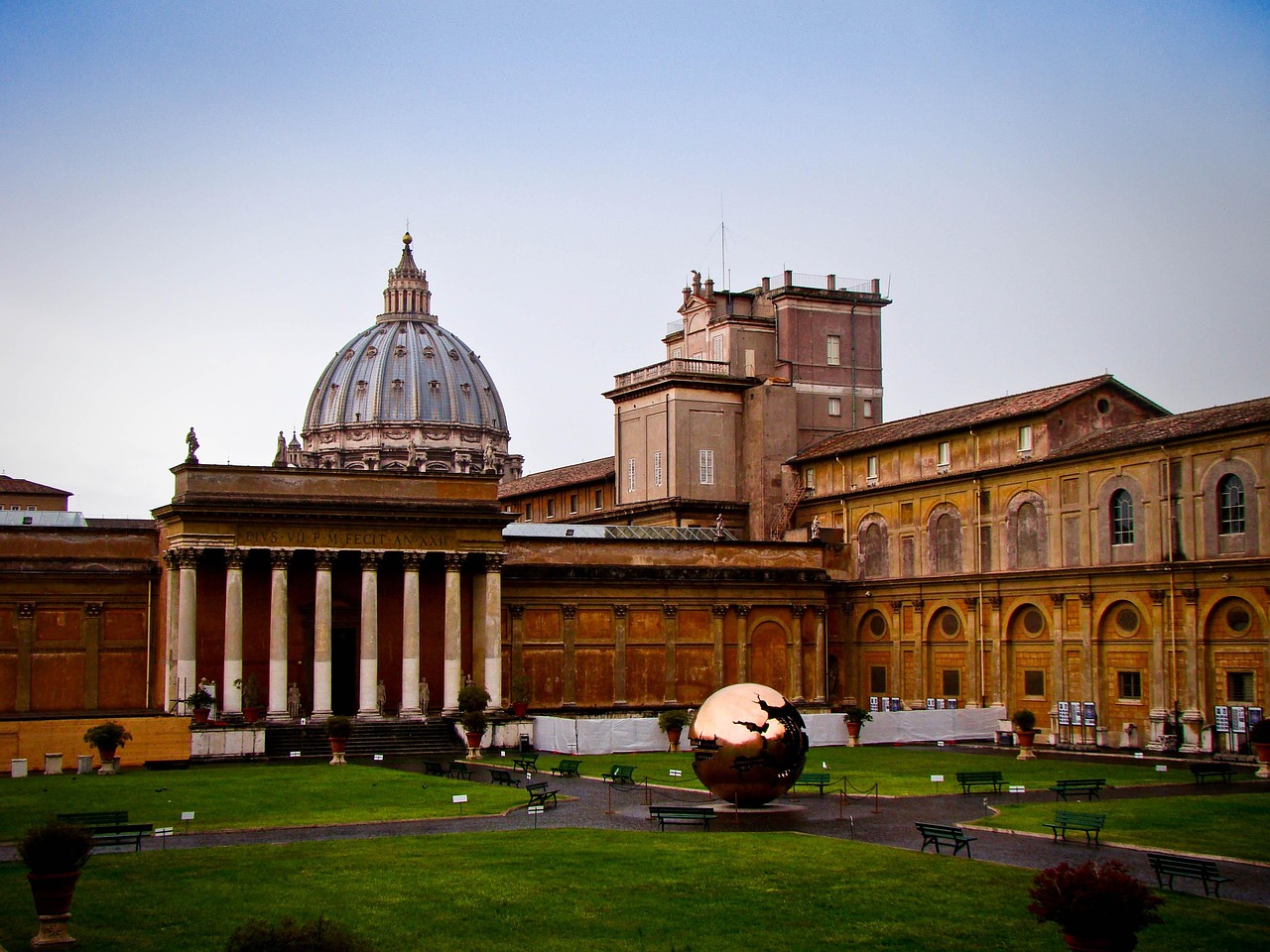
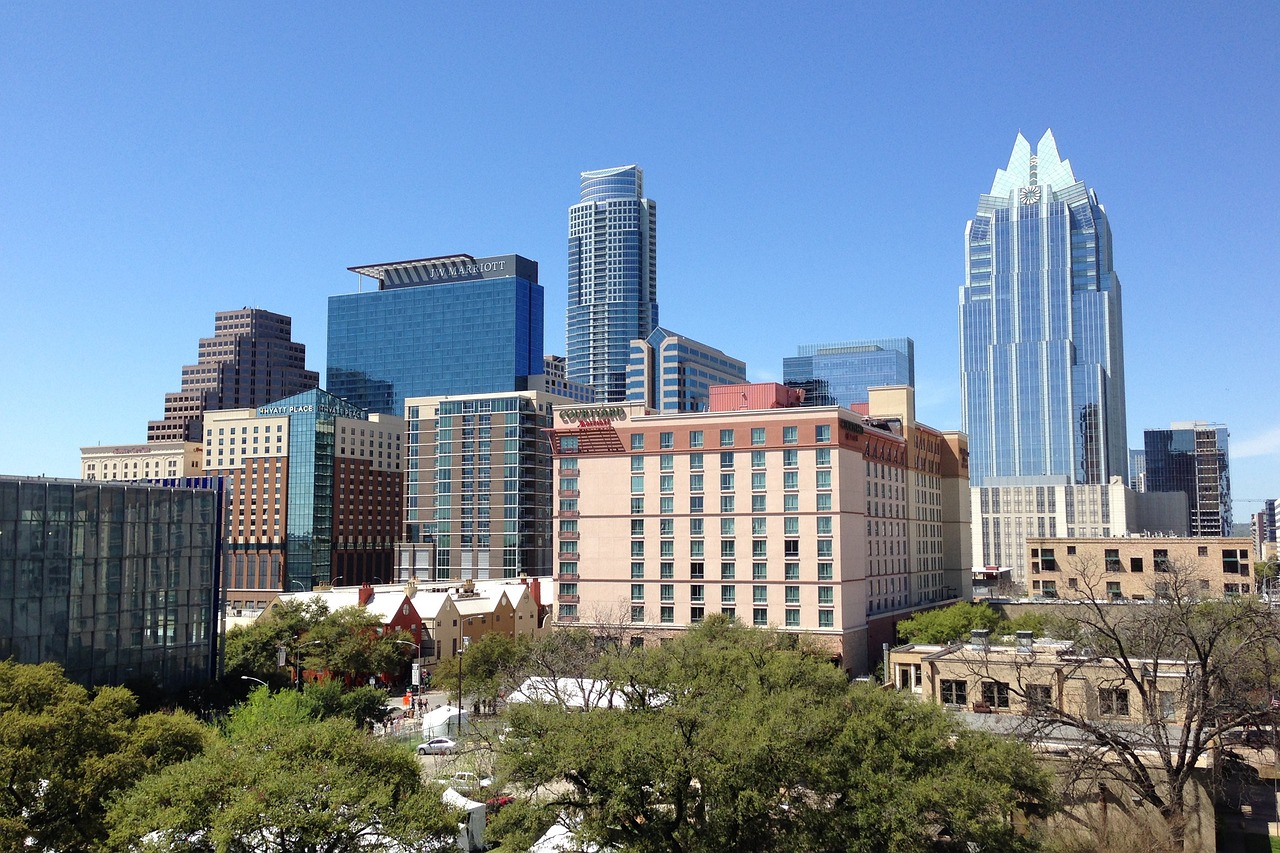
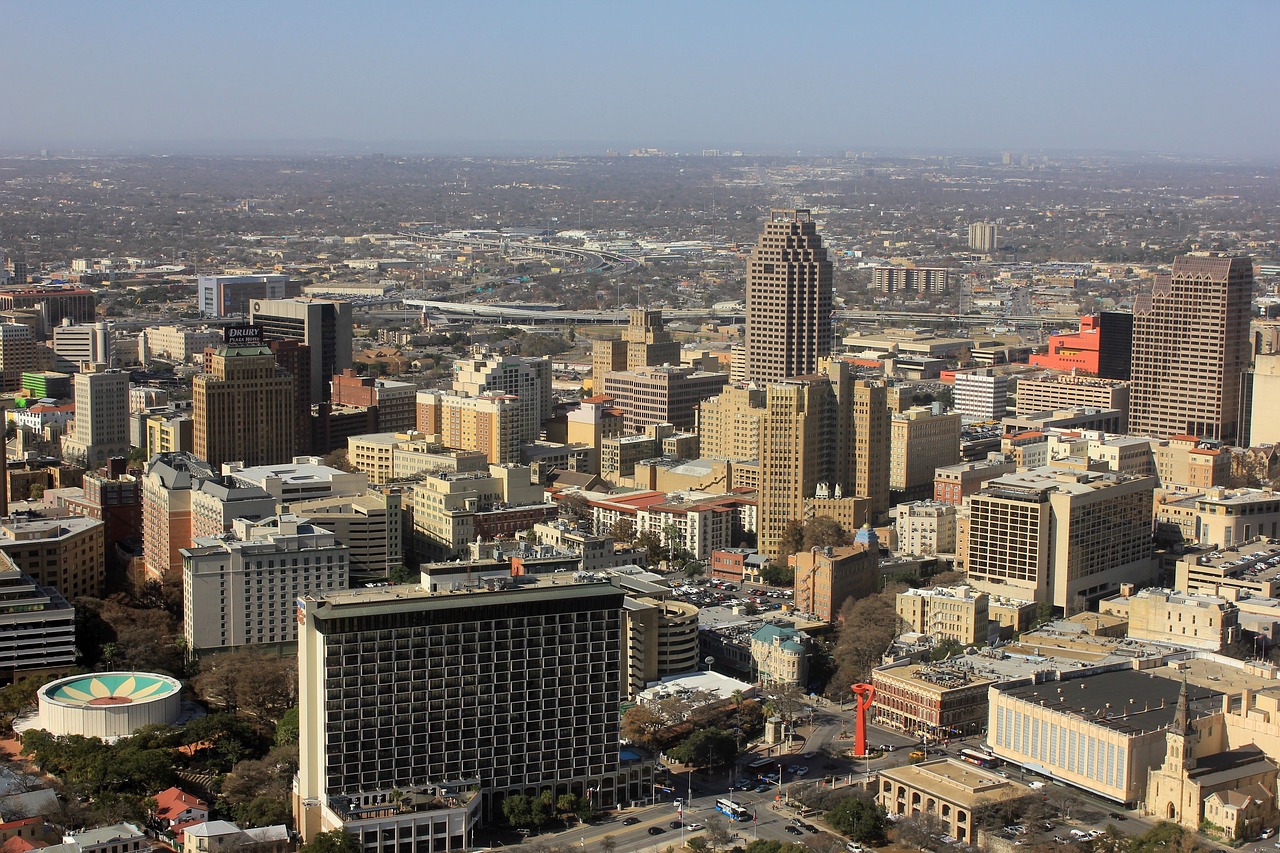
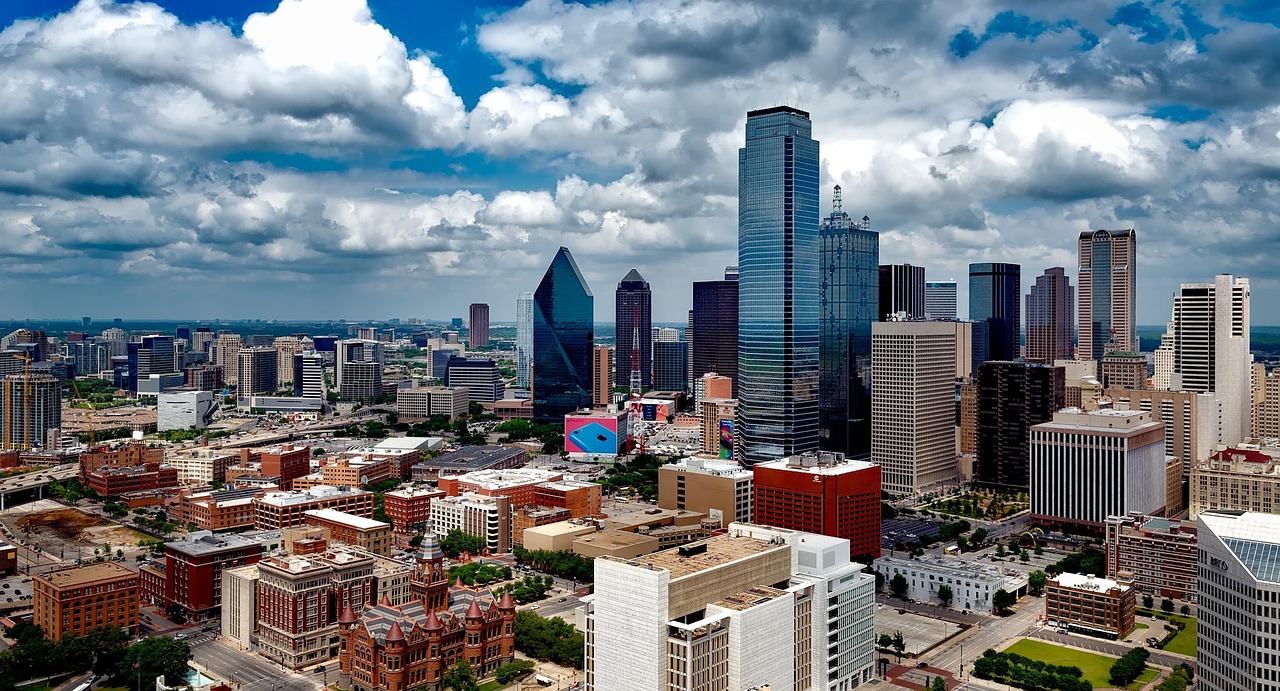
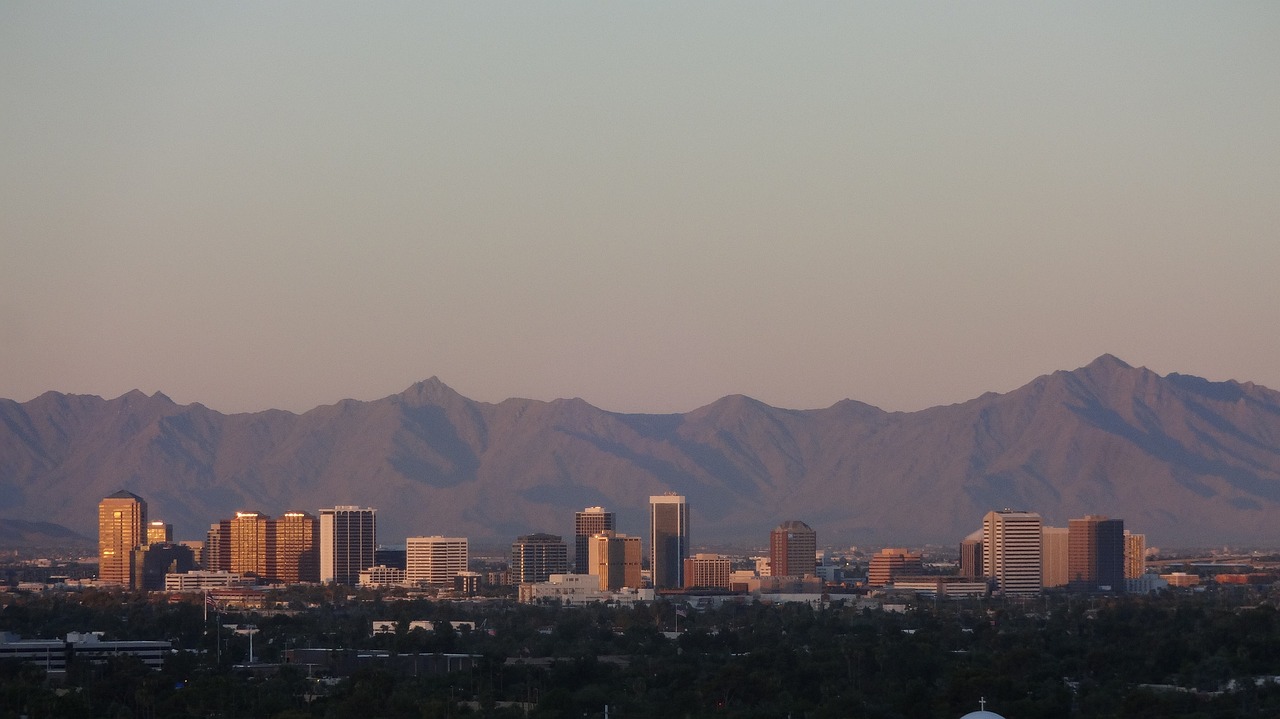

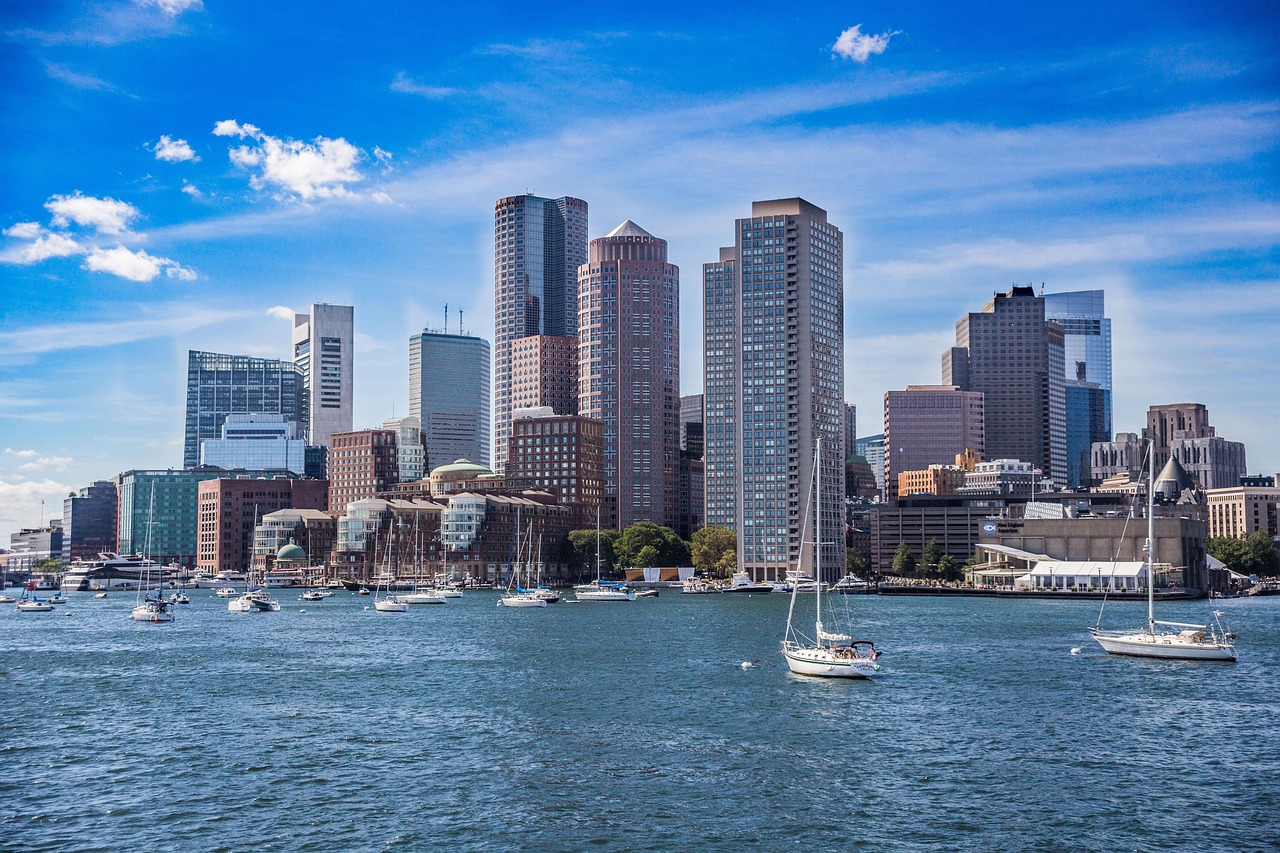
Leave a Reply